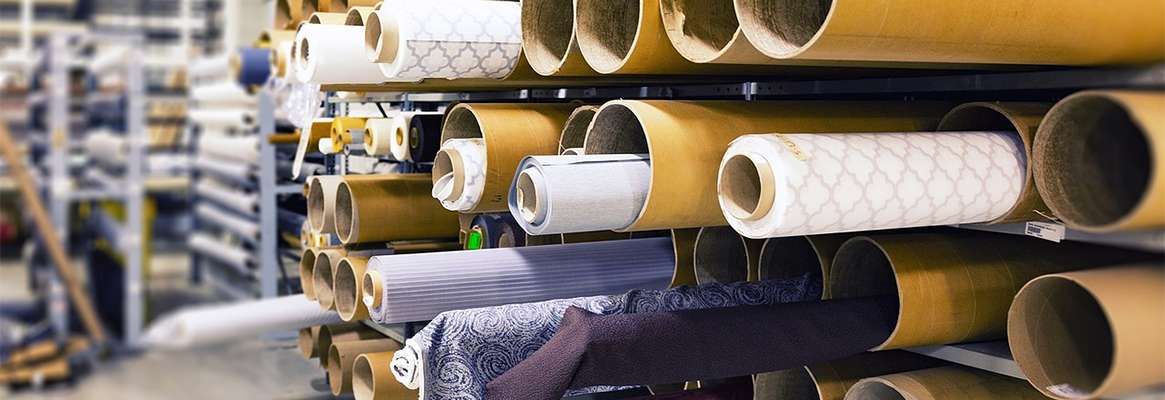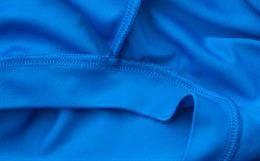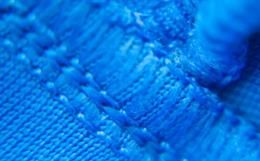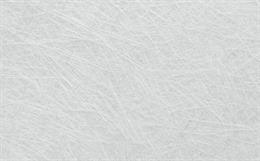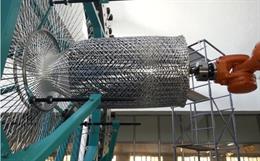Value-addedtextiles or technical textiles is a growth sector around the world. Indeveloping nations such as China and India, this sector's growth is in doubledigits. In mature markets such as USA and Europe, the growth is expected be inthe 3 to 5% range.
Technicaltextiles can be simply fibers or products with high performance and style. Rawmaterials such as cotton, jute, flax, hemp and multiple synthetics can be usedto develop value-added textiles. This article is a snap shot of some recentdevelopments in the valueadded textiles arena.
Cottonis pre-sold to consumers because of its comfort. There is resurgence ininterest in using cotton in high-performance wear, nonwovens and technicaltextiles. In the case of nonwovens sector, cotton fiber sustainability andnext-to-skin feel are positive attributes. However, cotton's price andprocessing requirements have been barrier heretofore. This situation ischanging as the industry is finding new methods and means to use cotton indeveloping value-added products.
COTTONS NEW OPPORTUNITY IN PERFORMANCE WEAR
Ina span of one year, Baltimore-USA based Under Armour has 158 active wearproducts with cotton in its line.
Speakingrecently to a large audience with rapt attention on March 30th during the 55thAnnual Meeting of the Plains Cotton Growers in Lubbock- TX, David Earley,Senior Director, Global Supply Chain Marketing for the Cotton Incorporatedhighlighted how once an enemy of cotton, Under Armour became its best friendand has benefited enormously from the use of cotton in its sportswear andactive wear products.
Referringto the 3rd Quarter-2011 financial report of Under Armour, which has increasedby 1 /3rd compared to the previous year, David Earley in his talktitled, "Enemy Converted", gave an interesting presentation on howcollaboration started between Under Armour and Cotton Incorporated, which hasled to positive outcomes for the cotton industry.
Inthe middle of March 2011, Under Armour launched Charged Cottoncollection and made them available nationwide. In the Fall of 2011, ChargedCotton Storm collection was released by Under Armour.
Accordingto Morgan Stanley estimates, Charged Cotton products couldcontribute $ 350-400 million in annual sales for Under Armour within next fiveyears.
Consumersare willing to pay $ 60-100 for Under Armour's Charged Cottonproducts as against $ 40 synthetic counterparts. Cotton is enhancing theperformance of wearers and is liked by them, who go back again and buy ChargedCotton products, said David Earley.
Net revenues of Under Armour, Inc. increased 23 % in the first Quarter of 2012 to US $ 384 million as against US $ 313 million of the first quarter last year.
New technologies such as Charged Cotton performance wear, ColdBlack, Armour Bra, Charge RC running shoes, etc. have contributed to the enhanced financial performance of Under Armour.
In a statement released on April 20th, Kevin Plank, Chairman & CEO of Under Armour stated, "First quarter results underscore that we bring innovation and value to our product, we win with the consumer."
Under Armour expects 2012 net revenues in the range of US $ 1.78 to $ 1.80 billion.
Under Armour collaborated with U.S. cotton grower funded Cotton Incorporated and released value-enhanced Charged Cotton products.
Baltimore-USA headquartered Under Armour, Inc. is an athletic and performance wear company founded by Kevin Plank, a former University of Maryland football player.
According to Under Armour, "Mother Nature made it (cotton), we made it better".
COTTON SEIZES EMERGING OPPORTUNITIES IN NONWOVENS
Regenerated and ultra clean cotton find new opportunities in the spunlace nonwovens sector. Spunlace or hydroentangling is a major process which is used to produce
nonwoven wipes these days.
Speaking to this scribe on the sidelines of the inaugural Converting and Bonding Conference organized by the Association of the Nonwoven Fabrics Industry in Greenville, SC, Ginny Casstevens, VP of Sales and Business Development-Americas, Jacob Holm Industries informed about the new opportunities for regenerated (Regen) cotton in the wipes sector.
Jacob Holm Industries with its headquarters in Switzerland is one of the world's leaders in the nonwovens field and has manufacturing plants in Soultz, France and Candler, USA. Candler plant, which is 5 miles to the west of Ashville in North Carolina, USA has a 5 meter wide spunlace nonwoven line and its production capacity is 35 million square meters per month based on current product mix.
When cotton's price skyrocketed over US $2 two years back, Jacob Holm Industries worked with its partners and utilized regenerated cotton from T-shirt clippings. Candler plant uses regenerated cotton for 30% of its production capacity. Jacob Holm has perfected the spun lace process to produce 35 to 80 glsquare meter cotton nonwovens using regenerated cotton, said Casstevens.
Recycled and mechanically cleaned cotton is also finding applications in new wipe products developed by Suominen Corporation, a leader in nonwoven wipe industry.
Research laboratories are also using cotton in raw and mechanically cleaned forms to develop value-added products. The USDA laboratory in New Orleans has a major program to bring mechanically processed cotton to the spunlace sector. Flexible composite substrates involving raw and bleached cotton such as the Fibertect are finding applications such as toxic chemical decontamination wipes, oil and vapor absorbing pads and industrial wipes.
It is becoming clear that intelligent utilization of cotton and developing value-added cotton products that are in demand by the consumers are the need of the hour to push cotton into the nonwovens and technical textiles sector.
About the Author:
Seshadri S. Ramkumar is associated with the Nonwovens and Advanced Materials laboratory, The Institute of Environmental and Human Health Texas Tech University, Lubbock, Texas USA
This article was originally published in The Textile Review, May, 2012, published by Saket Projects Ltd., Ahmedabad.


